Non-dimmable lights are already implemented in some fixtures. A light fixture’s ability to be dimmed depends on how the fixture produces light.
Most filament bulbs can be dimmed, and LEDs can occasionally be dimmed depending on their design; however, a different kind of dimmer unit is required.
It is possible to dim almost all fixtures with conventional plugs using incandescent or halogen bulbs. The dimmability of a light fixture depends on the light bulb used rather than the fixture itself.
It’s crucial to match the dimmer with the specific light bulb technology for proper functionality. Not all bulbs are dimmable, and not all dimmers are compatible with every type of bulb.
Therefore, ensuring a suitable match between the dimmer and the light bulb is important for effective dimming.
To set the ambiance in the dining area, many people utilize typical dimmers and switches to change the brightness of chandelier lighting.
You may adjust the brightness for reading or getting dressed in the bedroom by adding dimmer control to the ceiling and wall lights.
LED track lighting fixtures with a dimming feature offer stunning accent lighting for accents and corridors. Even your exterior lighting can be dimmed to improve your nights.
Is My Light Fixture Dimmable?
Standard dimmer switches will operate with most light fixtures, including halogen and incandescent lamps. But first, find out if your fixture uses line electricity or low voltage.
Dimmer switches can be used to adjust the brightness of incandescent track and rail lights that are installed using line voltage.
Use a line-voltage dimmer as well, but only if necessary. Low-voltage lighting fixtures cannot be used with line-voltage switches.
The brightness of the light bulbs in your home is managed by dimmers. They may be used to improve the mood of a place rapidly and are compatible with many popular fixtures. Additionally, dimmed lights save energy.
However, before you add a dimmer switch, there are a few things you should keep in mind. Dimmers may lower the brightness of various lamps and lighting fixtures, but for them to work, appropriate light bulbs are needed.
Two types of low-voltage dimmers exist. Some people use magnetic dimming systems, while others use electronic dimmers.
If you wish to dim the lights in your house, first verify whether your fixtures need magnetic or electronic dimmer switches by looking at the voltage requirements.
For instance, regular dimmers might function with LED fixtures, but others might require a specialist dimmer.
In a similar vein, not all CFL light fixtures can be muted. Before installing, you must verify that your dimmer is compatible with dimmable CFL lights. Low-voltage LED and CFL bulbs are compatible with universal dimmers.
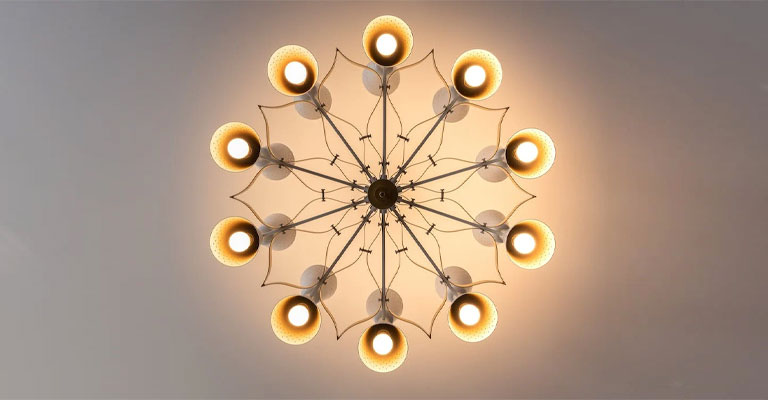
How To Determine If Your Light Fixture Is Dimmable?
Most incandescent and halogen bulbs are dimmable, and most light fixtures with conventional sockets can be dimmed simply by switching out the existing bulbs for equivalent incandescent or halogen ones.
While the majority of LED bulbs aren’t dimmable, some of them are. The majority of CFL (compact fluorescent) bulbs are also not dimmable.
The box will reveal whether your LED or CFL light can be dimmed. The wisest course of action is to presume that a bulb cannot be dimmed if you don’t see any indication of that fact.
Why Some Lights Aren’t Dimmable?
Non-Dimmable LEDs are light sources that cannot be dimmed. These bulbs cannot function on a dimmable circuit because they are made to be completed on or off. If you attempt it, the bulb will be harmed.
Likewise, it is likely damaged if you see your bulb flickering or making a buzzing noise. Even when connected to a dimmable switch, many CFL bulbs cannot be dimmed. Make sure your lightbulb is a dimmable bulb by checking the box.
Low Voltage Fixtures
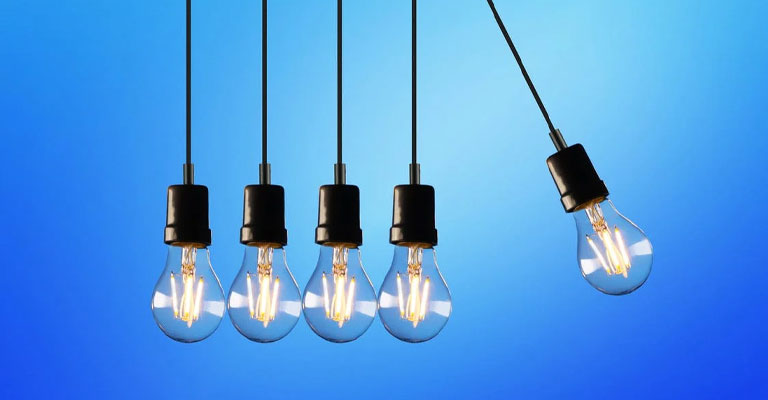
Magnetic or electronic low-voltage fixtures are both available. If you plan to use low-voltage fixtures, you must ascertain whether your system is compatible with magnetic or electronic dimmer switches.
Check the voltage requirements for your property in advance. Low-voltage CFL and LED bulbs are compatible with several universal dimmer switches. Others, though, will require specialty dimmers.
For your light fixture to function correctly, many dimmable LEDs must be connected with particular LED dimmers.
Check it beforehand to ensure your dimmer will function with the kind of bulbs you have on hand. And choose a specially designed dimmer for your LED or CFL bulb if you are unsure whether a universal dimmer will work with your lighting fixture.
Line Voltage Fixtures
Lighting fixtures must operate at line voltages. Usually, they operate at 120 or 277 volts.
You must install track and rail lights with incandescent bulbs if you’re utilizing line voltage. The bulb’s brightness can then be adjusted using a switch and a line voltage dimmer.
Types of Dimmers
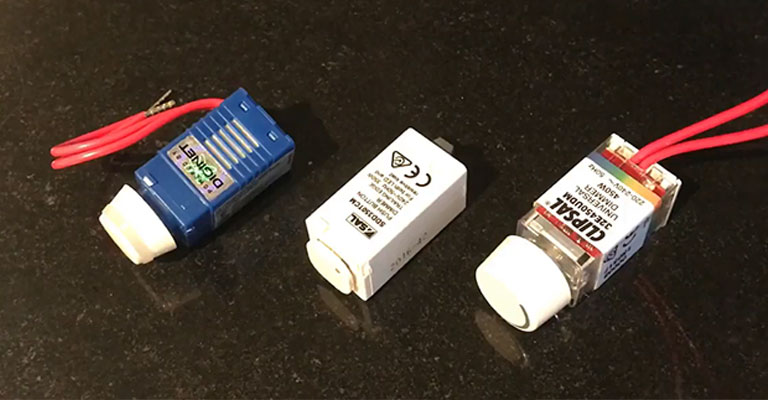
Let’s define a dimmer switch before discussing the many sorts of dimmers. Using an electrical circuit, a dimmer switch is used to adjust the brightness and intensity of a bulb.
A dimmer switch allows you to dim and brighten the lights as well as turn them on and off. You must be aware of the voltage your light fixture operates on to choose the proper kind of dimmer switch.
Lighting fixtures often operate at low or line voltage. Therefore, you must carefully match your control with the appropriate light fixture because line voltage switches and low voltage fixtures cannot be used interchangeably.
How to Control Your Dimmable Light Fixtures?
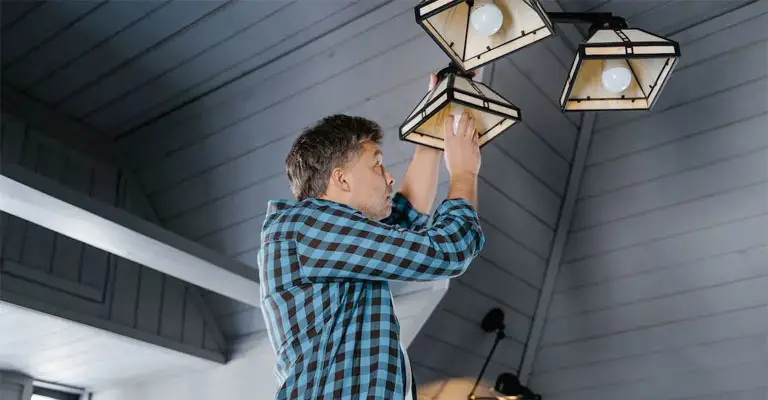
Your dimmer switches can be configured in a few different ways. Use a single dimmer with everything you need if you only want to dim lights from one switch. Setups, in many ways, offer more control points.
You can manage electricity to lights (but not their brightness) from different locations while dimming them from a single central spot. You can adjust brightness from various locations if you have many dimmer switches.
Install normal switches in both locations if you want to be able to turn on your step lights from both above and downstairs.
Likewise, you’ll need separate dimmers that handle multi-location installations if you wish to dim the lights from both places.
Specialized dimmer switches offer even more functionality than typical dimmers. These gadgets occasionally offer tap screens that let you set the chosen lighting levels.
After choosing your preferred brightness, you can tap the screen to have the lights change automatically. To control the intensity, some dimmers have knobs, while others have sliding switches.
You may operate your dimmers from anywhere nearby with a wireless remote. To manage your dimmable lighting fixtures before entering your home, you may even clip these remote controls to the visor of your automobile.
Finding an appropriate dimmer switch shouldn’t be a problem if you have a typical light fixture, especially one that works with an incandescent or fluorescent bulb.
However, there are many applications for dimmers in homes, whether you install low-voltage or line-voltage lighting.
Can I Use My Existing Dimmer To Dim My LED Light Bulbs?
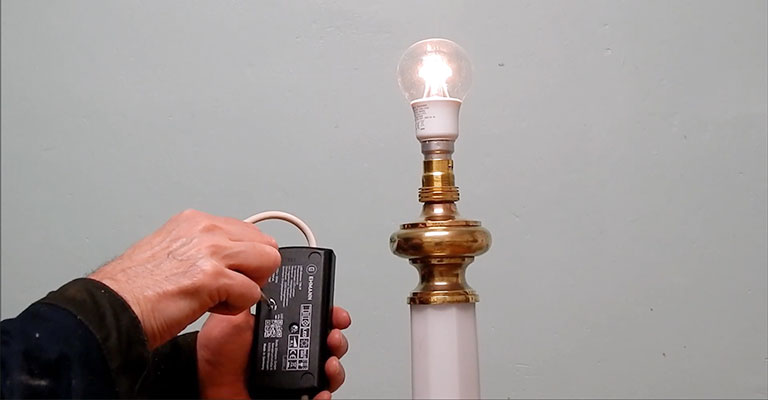
Depending on the kind of dimmer you have, this would entirely depend.
Though that may not always be the case, if you’ve previously used your dimmer with incandescent or halogen light bulbs, I’d wager (remember, I’m not a betting man) that it is a leading-edge dimmer.
Based on the notion that leading-edge dimmers have been around for a longer time and are, therefore more common than the more recent trailing-edge version, this presumption is made.
It’s best to determine what kind of dimmer switch you have in this situation.
Can I Dim Any LED Light Bulb?
Simply put, no. Different elements are used in dimmable and non-dimmable LED light bulbs, respectively.
Therefore, expecting a non-dimmable light bulb to operate on a dimmable circuit is akin to expecting a toaster to swim after being dropped into the ocean.
It will only result in a crushing letdown and some badly compromised electrics.
However, the opposite is not true; a dimmable light bulb will still operate normally on a non-dimmable circuit; it will just not dim. However, at least your electrical system won’t have been completely destroyed.
The Bottom Line
Dimmable light fixtures are an excellent method to manage the brightness level in your home or business, save money on power, and extend the life of your bulbs.
Dimmable lights can be installed in your bedroom, outdoors on your patio or deck, indoors in hallways, or even in accent lighting fixtures like a chandelier.
A light fixture’s ability to be dimmed depends on the circuit and bulb being utilized. Most lighting fixtures can be made dimmable if you change the bulb and have a dimmable circuit.
You will need a dimmable bulb and circuit to make a light dimmable. Certain LED and CFL lamps cannot be dimmed.
Installing a dimmer switch will quickly make your light fixture dimmable if your light bulbs have dimming capability.






